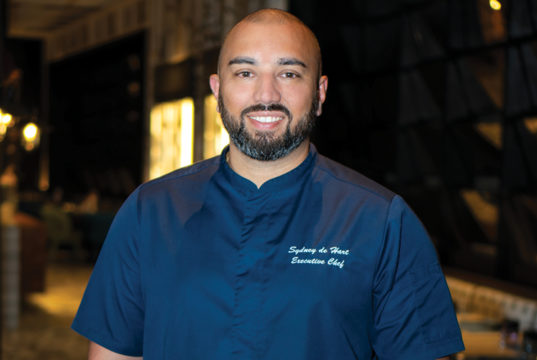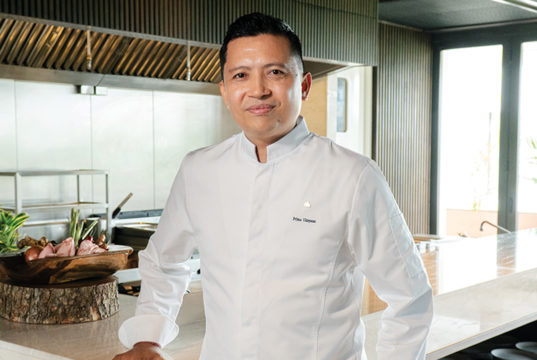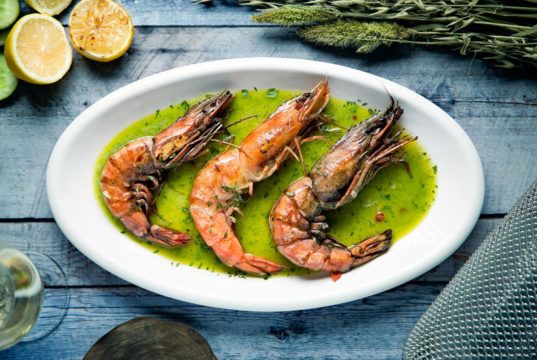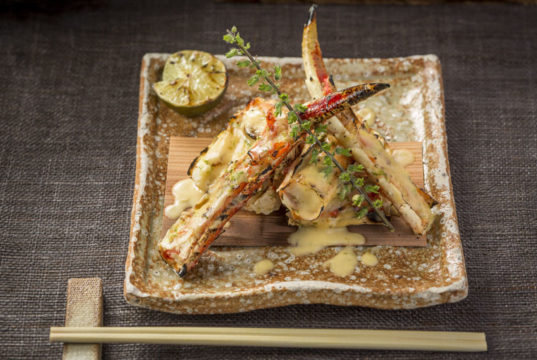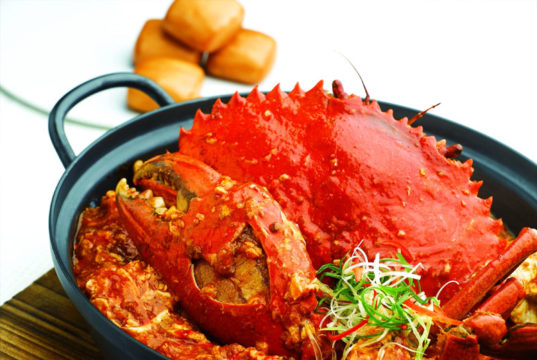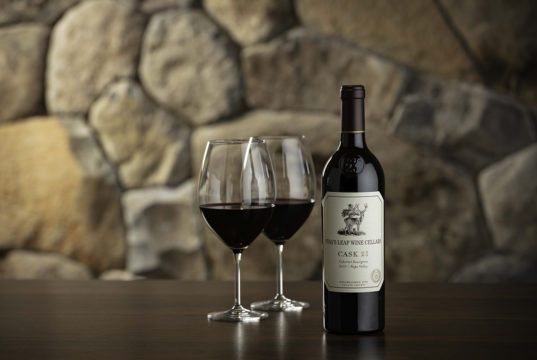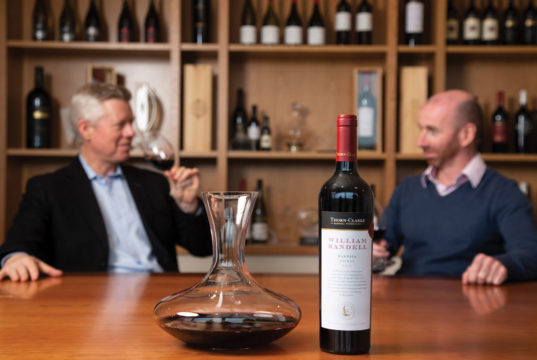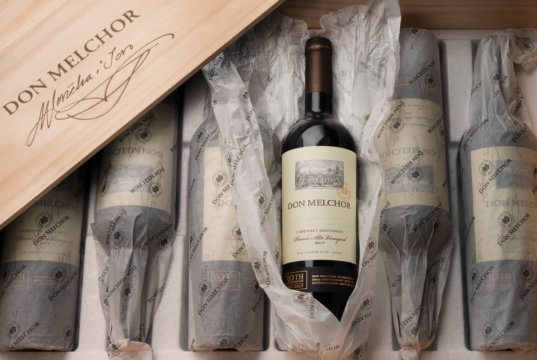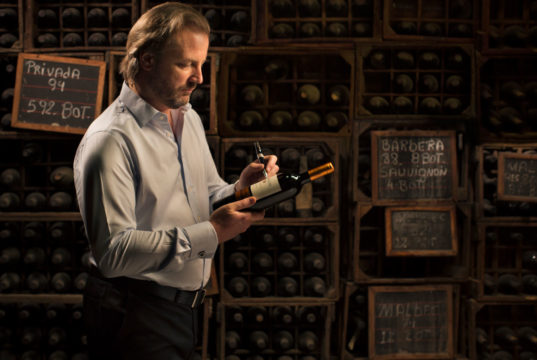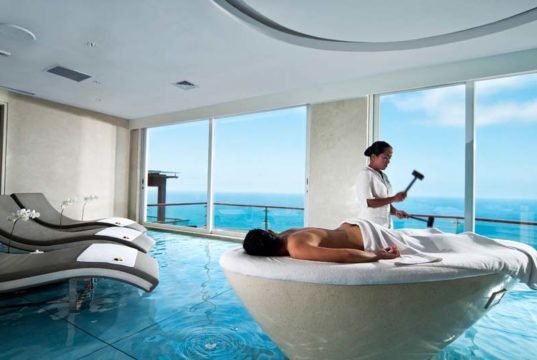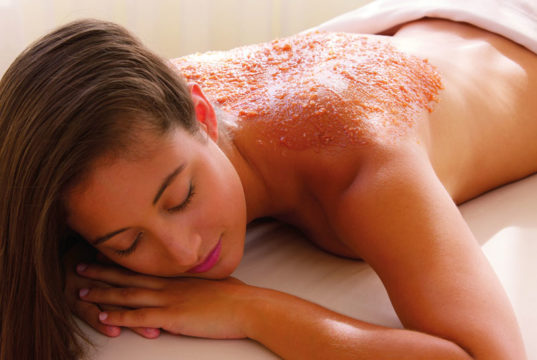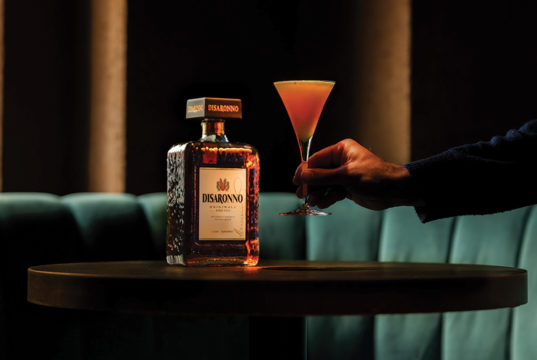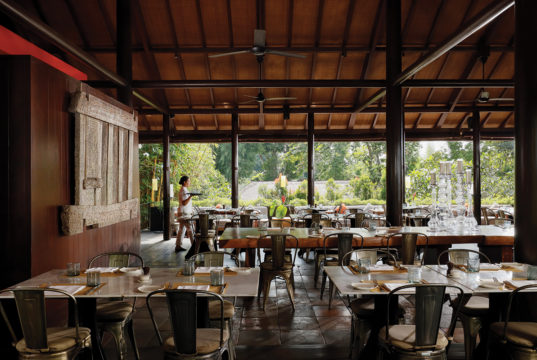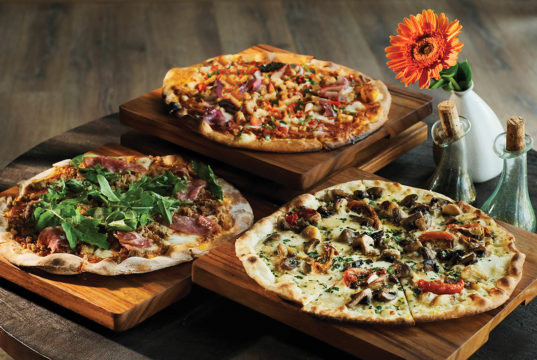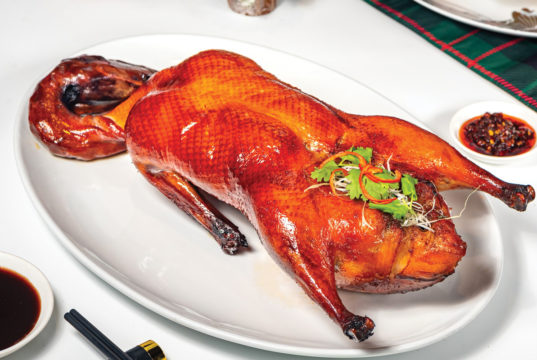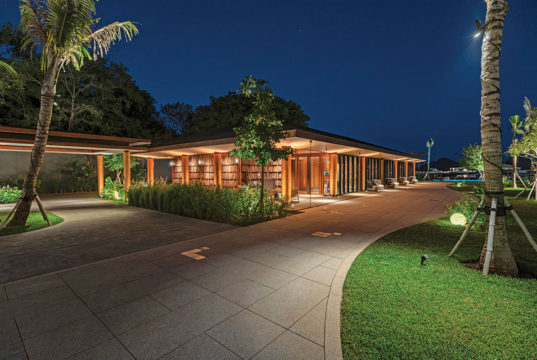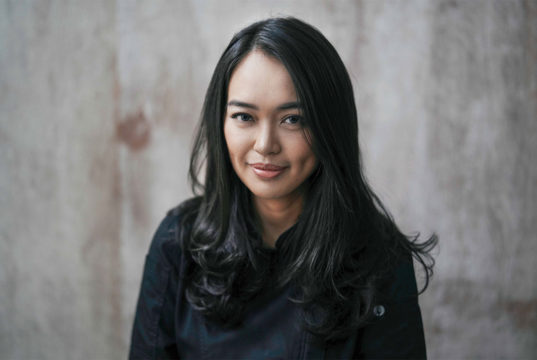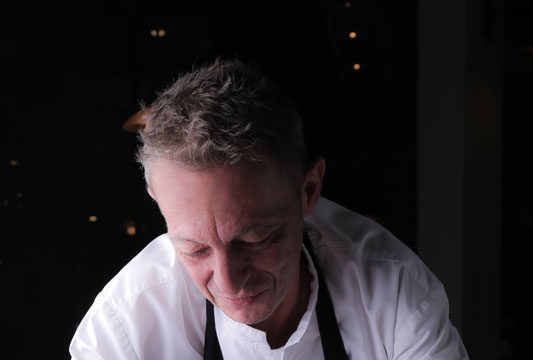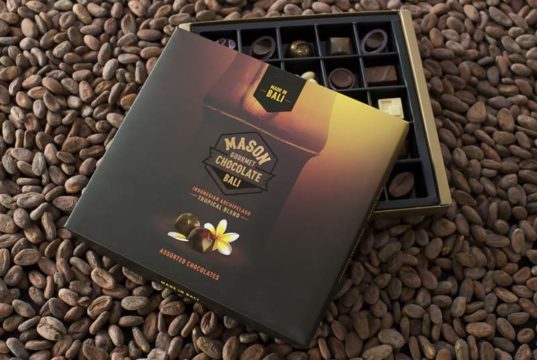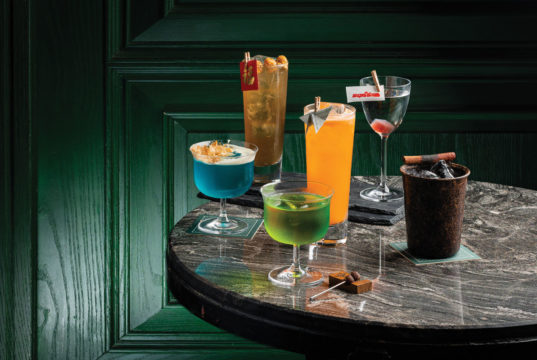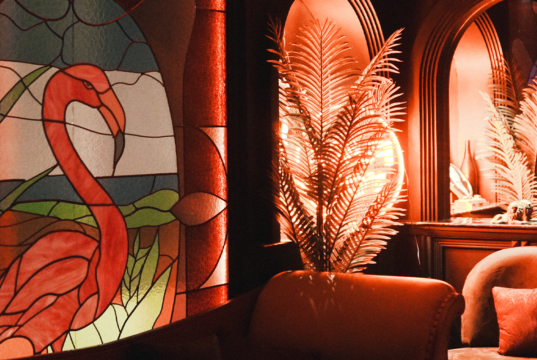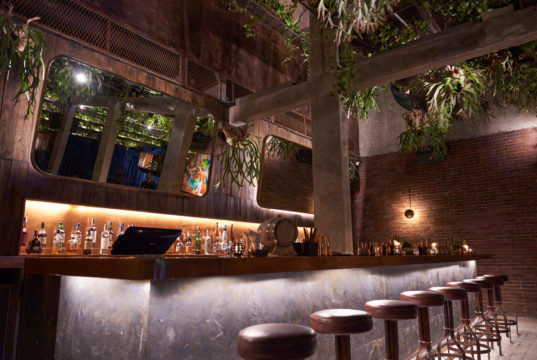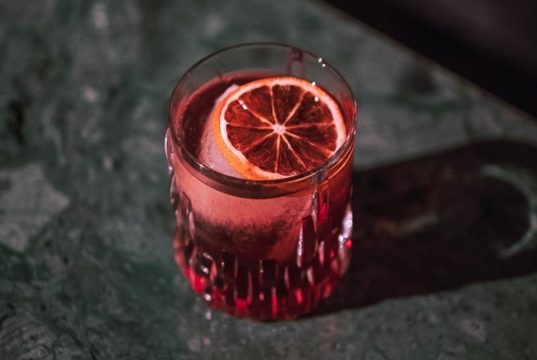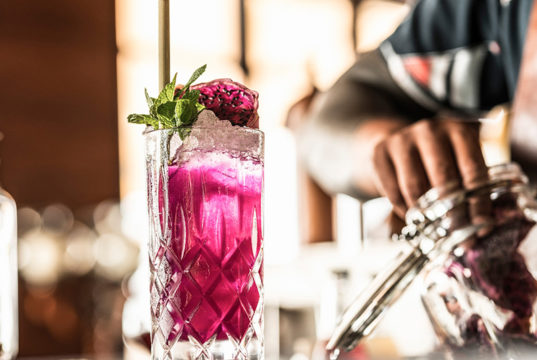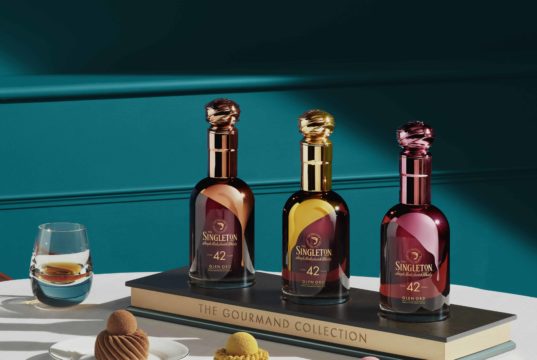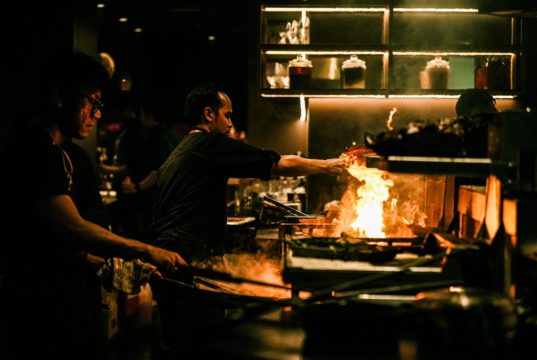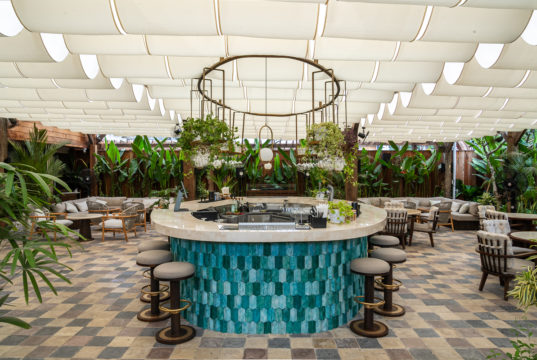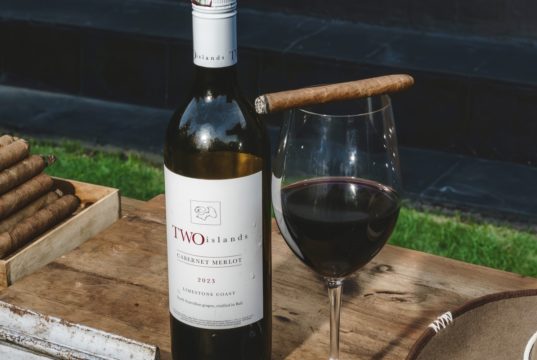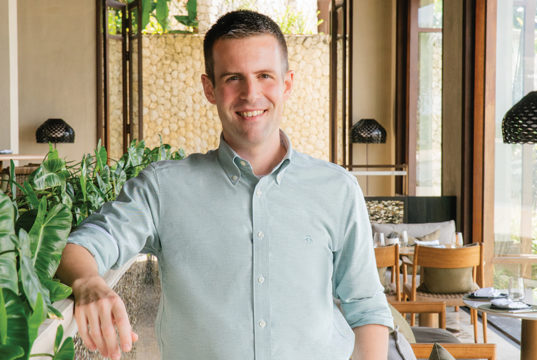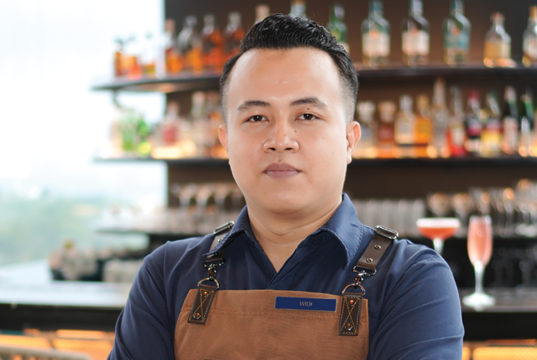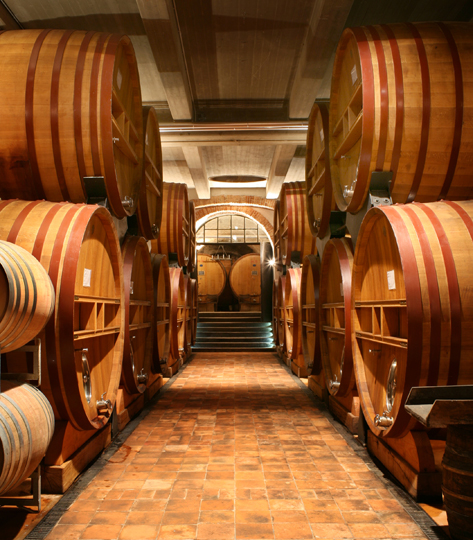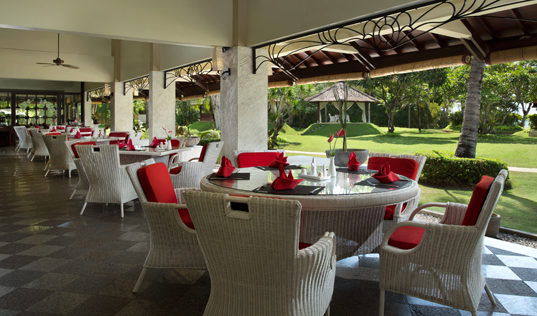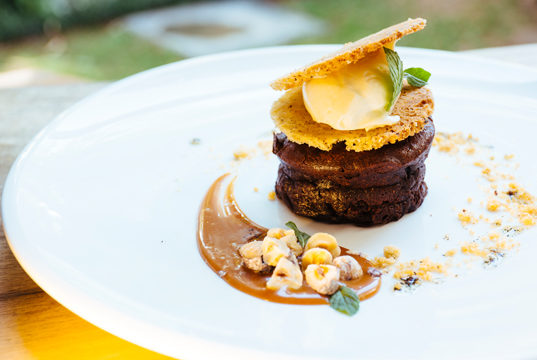The beginnings of Tuscan wine can be traced back to the Etruscans, who founded the Roman Empire almost three millennia ago. The grapevines of Etruria took to the land so well that soon they could be found growing wild all around the countryside.
From the seventh century onwards, Tuscan wine began to be exported to other regions of Italy and as far as Gaul. Tuscan wines soon became an important commodity to be traded by the Florentine merchants. Strict rules were put in place in regards to how any wine could be sold by the Arte dei Vinatteri guild, who deemed that wine could not be sold to ruffians, thieves, anyone under 15 years old or within 91 meters of a church.
Documents dated 17th October 1350 lay down the rules of Montepulciano, a wine growing area which had many famous admirers such as Thomas Jefferson, Voltaire and Pope Paul III. The name ‘Nobile’ was added in the second half of the 18th century in recognition of its high quality, fit for any noble person.
Brunello di Montalcino, a wine that must be made solely from the Sangiovese grape, has records dating back to the 14th century. For many years Brunello was considered to be the rarest of all Tuscan wines. Indeed, as recently as the 1960s, only 11 producers were labeling there wines under the name, however by 2000, over 200 wineries could be found.
Montalcino is both dry and warm in comparison to other Tuscan regions and with traditional, extended extraction periods tends to give some of the fullest examples of pure Sangiovese that can be found.
In the mid-19th century, Bettino Ricasoli, who would later become Italy’s second prime minister, after the end of the Napoleonic Wars inherited his family’s ancestral estate in the town of Broglio located in the area we know of today as Chianti Classico. Ricasoli found his estate needed much improvement and began to travel extensively, researching different grape varieties with which to experiment. After many trials, Ricasoli finally found that the best “recipe” for Chianti wines was a blend of Sangiovese, Canaiolo and a white grape called Malvasia which was blended in to add some softness. His family still makes wine today in the same estate where modern Chianti was born.
During the 1950s and 60s, the grape growers focused more on quantity than quality, releasing huge amounts of diluted wines. Tuscany sadly began to, at best, earn a reputation for the cheap and cheerful. Fortunately all that changed towards the end of the 60s. A new generation started taking over family wineries and began to invest in both viticultural and wine-making techniques. Once again, Tuscany became known as a real reference for high quality fine wines.
Today, Tuscany boasts 33 DOC and nine DOCG, as well as the famous Super Tuscans. These are wines that don’t follow the rules by blending varieties or (increasing blending percentages) which are not permitted in the traditional, regional wines.
The very first Super Tuscan was the 1971 Tiganello, released in 1978, a blend of Sangiovese and Cabernet Sauvignon that didn’t respect the wine-making or blending laws of Chianti. Tiganello was so well received that soon other producers were experimenting with their blends and planting more international grape varieties.
Many Super Tuscans today command prices much higher than those of their DOC and DOCG counterparts. One wine, called Sassicaia, made of a blend of Bordeaux varieties, became so well considered and renowned it was awarded its own DOC status of Bolgheri.
Although it’s still possible to find watery and acidic, over-produced wines, there are many more which will leave you with images of medieval towns, rolling hills, marked with olive orchards, scented herbs all softly baked in a pastel sunlight.




